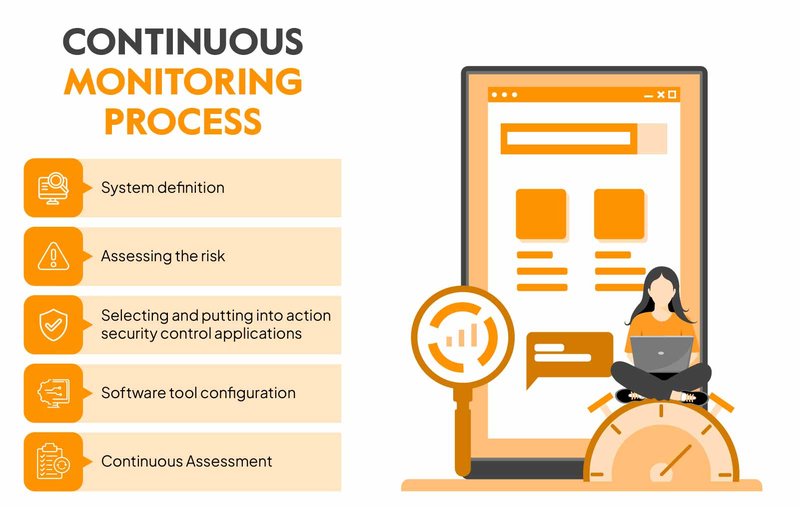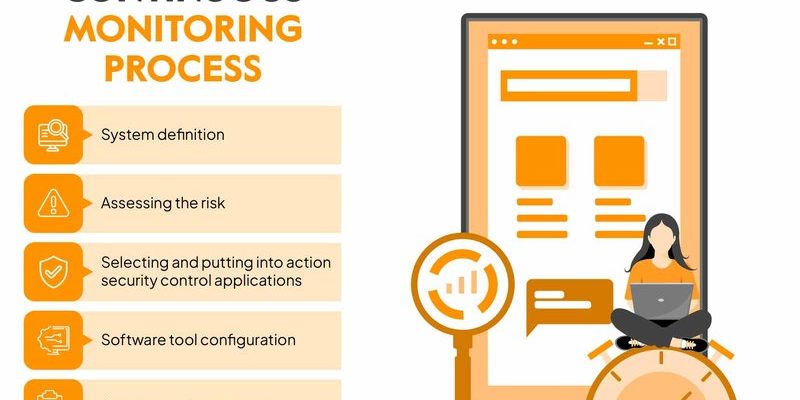
Think of whipworms as uninvited guests at a party—sometimes they’re lurking in the background, while other times they’re right in the middle of the action. If we keep an eye on their activity, much like checking the weather forecast, we can prepare better to either prevent or address whipworm infestations. In this article, we’ll dive deep into the seasonal behaviors of whipworms, exploring how different times of the year affect their life cycle, environment, and what we can do to keep them at bay.
What Are Whipworms and Why Do They Matter?
Whipworms are parasitic worms that primarily inhabit the intestines of humans, particularly affecting children in tropical and subtropical regions. They’re named for their whip-like shape, which is a bit of a graphic image, but it gives you an idea of their form. These worms can cause a range of health issues, from mild gastrointestinal problems to more severe conditions like dysentery and anemia.
You might be wondering why we should concern ourselves with these tiny creatures. Well, whipworm infections can lead to significant public health concerns, especially in areas with poor sanitation. Monitoring their activity not only helps in controlling infestations but also improves awareness around hygiene and health practices in communities.
Understanding whipworms is crucial because, unlike some other parasites, they have a complex life cycle and can stay dormant in the soil for years. This means that just when you think they’re gone, they might reappear, much like that one relative who always seems to show up at family gatherings unannounced.
The Life Cycle of Whipworms
To really get a grip on whipworm activity, it’s essential to know how their life cycle works. The whipworm goes through several stages, starting as eggs that are shed in the feces of infected humans or animals. These eggs are resilient, capable of surviving in the soil for extended periods, waiting for the right conditions to hatch.
Once ingested, the eggs hatch in the intestines, and the larvae then attach themselves to the intestinal wall. Here, they mature into adult whipworms, which can live for several years. This cycle is why monitoring whipworm activity can be so crucial. If we can reduce egg populations in the environment, we can significantly lower infection rates.
You might find it interesting that this life cycle is directly impacted by environmental conditions. For instance, warmer, wetter seasons tend to favor whipworm survival and reproduction, leading to higher infestation rates. Conversely, colder and drier conditions can lead to a decrease in activity.
Spring: A Season of Increase
As spring rolls in, whipworm activity tends to see a noticeable uptick. The warmer temperatures and increased rainfall create ideal conditions for the eggs to hatch. If you’re living in an area prone to whipworm issues, this is a critical time to keep an eye out for signs of infection.
In gardens and fields, the moist soil can harbor vast populations of these resilient eggs. So, if you have pets or children playing outside during spring, it’s vital to maintain good hygiene practices. This includes regular handwashing, especially after outdoor play, and keeping pets’ living areas clean.
For farmers or anyone in agricultural fields, monitoring soil conditions becomes essential during this time. If whipworm eggs are detected, implementing effective sanitation practices can help prevent widespread infestations. After all, no one wants their crops damaged—or worse, to have to deal with the consequences of whipworm infections in livestock.
Summer: The Peak of Activity
Summer is often the peak season for whipworm activity. With temperatures soaring and soil conditions remaining moist, these little parasites thrive. During this time, you might see increased cases of whipworm infections, particularly in areas with poor sanitary conditions.
It’s essential to be vigilant during the summer months. If you’re in a community that’s susceptible to whipworms, consider running education programs about proper hygiene. Simple practices like using latrines, proper sewage disposal, and regular deworming treatments can make a big difference.
You might also want to explore whether your community is taking preventive measures, like soil testing or treatments to reduce whipworm egg populations. After all, tackling the problem together often has the best results!
Fall: A Time for Monitoring
As the leaves begin to change, whipworm activity starts to wane. Cooler temperatures and drier conditions make it less favorable for whipworms to thrive. However, this doesn’t mean we should let our guard down. Instead, fall is an opportune time to monitor the environment and assess the previous summer’s efforts.
During this time, it’s beneficial to conduct soil tests in areas where whipworm infestations were high. If eggs are still present, you’ll want to develop a plan to reduce their populations before winter sets in. Remember, just because whipworms are less active doesn’t mean they’re gone for good.
Community education should continue throughout fall. Teaching about the signs of whipworm infections and promoting cleanliness can help keep infections at bay. You might even consider workshops on effective parasite management, which can be a great way to involve the community in public health efforts.
Winter: The Dormant Period
Winter brings a shift in whipworm activity, as colder temperatures inhibit their life cycle. Many whipworms will remain dormant in their egg stage during this time, waiting for warmer conditions to hatch. This dormancy doesn’t mean they’re eradicated, though; monitoring for whipworm eggs should still continue.
In colder climates, it’s a good idea to focus on education about hygiene practices to prevent any infections that may come from eggs that survived the winter in the soil. This is also the time to reflect on what worked during the warmer months and adjust strategies for the upcoming spring and summer.
For farmers, this downtime can be critical for planning and preparation. Testing soil for whipworm eggs and treating as necessary can lead to a healthier environment come spring. Everyone loves a fresh start, and dealing with whipworms now can lead to a more successful growing season.
Monitoring whipworm activity across the seasons is essential for public health and wellbeing. By understanding their life cycle and activity patterns, we can take proactive steps to manage and prevent infestations. Whether you’re a farmer, a parent, or just someone concerned about local health issues, keeping an eye on whipworm behavior can make a significant difference.
So, as you go about your days, remember that whipworms are tough little critters that require our respect and vigilance. By understanding their seasonal patterns, we can turn the tide in favor of public health and keep these uninvited guests at bay!

